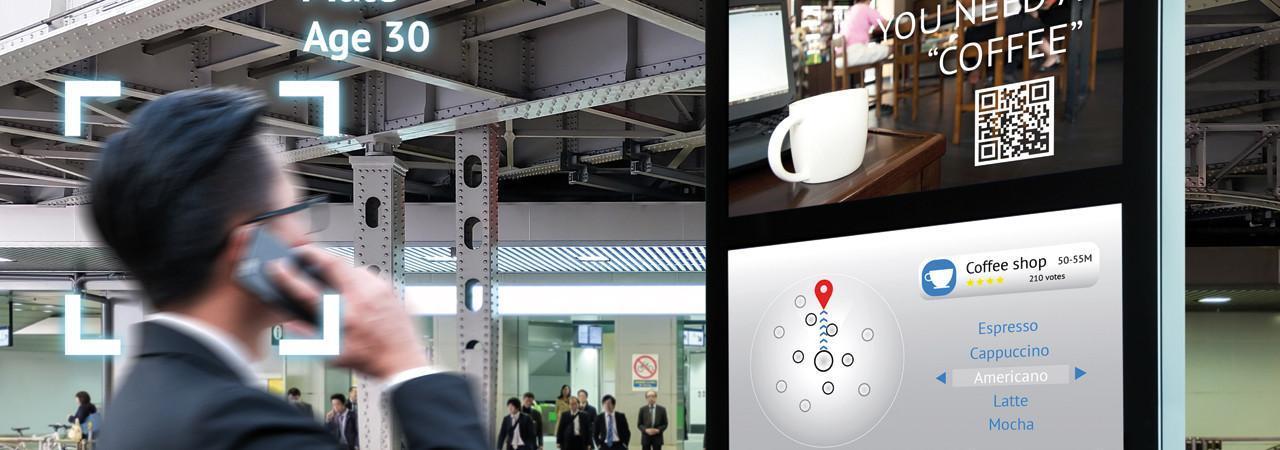Why a stable network should be every bricks-and-mortar retailer’s bread-and-butter
According to the latest PwC report, about 14 shops are closing every day in the UK as the high street faces one of its toughest seasons in five years. It’s no secret that the convenience of online shopping has been challenging retailers for some time now. With the world of technology ever changing, retailers need to adapt in order to keep up with both their immediate competitors and the wider industry.
People are now so accustomed to having high-powered technology in their pockets and at their fingertips that they expect nothing less than a fluid, omni-channel experience when shopping. Of course, while shoppers might be more and more connected to online options, there are some things that bricks-and-mortar retailers can do that even the best applications can’t replicate -- foremost of these being the power of personalisation.
Intelligent customer-facing interactions is where bricks-and-mortar retailers can really win. Faced with the ease of e-commerce, physical stores have been forced to continuously evolve to remain not only relevant but desirable. Beyond the stock they sell, these stores have promoted their roof and walls as social destinations -- with everything from afternoon tea at Fortnum & Mason, to cocktails at Selfridges, and yoga lessons at athleisure boutiques being placed on offers.
But while such promotions are effective, there’s still much more these retailers can do to streamline and optimise their operations. Developments in marketing technology mean that it’s never been easier for retailers to target potential shoppers through various online channels - ranging from marketing emails and social media posts to in-store assisted shopping platforms that have features such as inventory check, customer history, and preferences.
Used collectively, these channels can form a more rounded campaign to help attract shoppers to a store; but if bricks-and-mortar stores don’t take care of their IT infrastructure foundations, such campaigns risk becoming destabilised by a lack of funds. An inefficient infrastructure will boost operational costs, and this – along with overstocking and the use of inaccurate data - is a huge inhibitor to success.
The main sources of operational overspend are twofold: firstly, siloed departments causing information to be stored on countless endpoints with unclear version control, and secondly - scuppering things further - unreliable networks. Across the industry, network control has often been poor, which leads to inferior performance of applications - from CRMs to stock management - and decreased staff productivity. On the consumer side, an unstable network hinders transactions, making payments slower.
By leveraging the right technology -- specifically, a robust and reliable network to underpin all business operations -- retailers can rid themselves of legacy problems, such as crackling customer service phone lines. On top of this, they can safeguard themselves against more contemporary issues, such as the dangers posed by freely flowing data. From company IP to customer data, it’s all too easy to picture the problems if this data fell into the wrong hands.
Modernising infrastructure enables retailers to increase their agility and reduce management overheads. This allows IT staff to focus on revenue generation projects, instead of time-consuming tasks such as fault-fixing, patching, and managing compliance issues. All of this allows retailers to do what they do best: deliver a truly personalised customer experience, equipping them with the tools to react faster to market opportunity in the process.
When you subscribe to the blog, we will send you an e-mail when there are new updates on the site so you wouldn't miss them.

